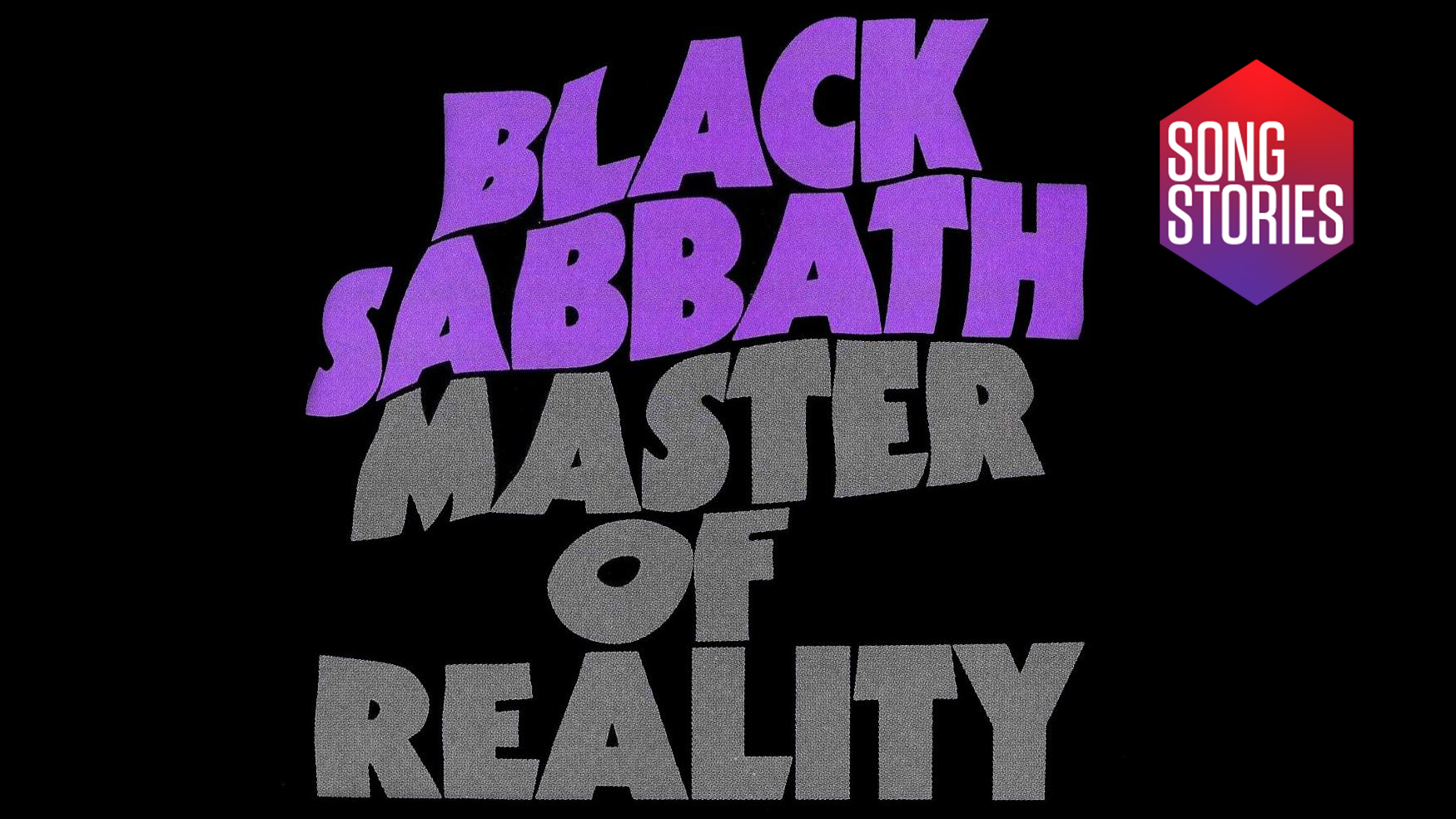The story of Black Sabbath's Children Of The Grave: “If you listen to critics too much, you’ll lose your identity. We didn’t listen."
US Rock critic Lester Bangs once described the song as “naïve, simplistic, absolute doggerel"

It took Black Sabbath less than a year to morph from the rock scene’s reviled alleged Satanists into its reluctant superstars. For this change in fortunes, you could thank/blame the group’s 1970 smash-hit second album, Paranoid, which spawned three signature tunes, broke the band into the US, and left Tony Iommi with both a splitting fame hangover and a spiralling drug habit.
“We said that we’d never write another hit single after Paranoid,” the guitarist sighed in a 2004 interview with Rolling Stone. “We’d started attracting the wrong sort of audience, all these screaming kids. And we were smoking a lot of pot. It got very out of hand, dancing naked in the studio…”
It got to the stage where you would come up with ideas and forget them, because you were so out of it
Bill Ward
We were getting into coke, big time,” drummer Bill Ward told journalist Steven Rosen of the band’s chaotic ascent. “Uppers, downers, Quaaludes, whatever you like. It got to the stage where you would come up with ideas and forget them, because you were so out of it.”
It was this atmosphere of burnout, celebrity and narcotics that held sway as the band approached the Master Of Reality album at London’s Island Studios in early 1971. Producer Rodger Bain had returned to the control room, but the blank cheque and generous deadline granted by the label meant that musically everything was bigger, bolder and more ambitious, for better or worse.
Ward recalls the album “was done on a 24-track board that brought us up to almost a kind of Beatles-esque level”, while Iommi concedes that “during Master Of Reality, we started getting more experimental and began taking too much time to record. Ultimately, I think it really confused us.”
Certainly, the flute and piano lines on mellow moments such as Solitude suggested a slight identity crisis, but the album’s fourth track, Children Of The Grave was an instant classic and obvious fan favourite.
With lyrics written by bassist Geezer Butler, it reprised War Pigs' attack on the futility and waste of war, with vocalist Ozzy Osbourne pondering: “Must the world live in the shadow of atomic fear? / Can they win the fight, or will they disappear?”
Want all the hottest music and gear news, reviews, deals, features and more, direct to your inbox? Sign up here.
But the real revelation came from the seismic guitar sound. Sabbath had always been heavy, but this song was in a new league: a doomladen, tank-changing-gear grind that made Iommi’s galloping guitar work sound like the approaching hooves of apocalyptic horsemen.
This didn’t really come from the gear; it’s likely Iommi used the same ’64 Gibson SG Special ‘Monkey’ model behind the first two albums alongside Laney 100-watt heads and a Rangemaster Treble Booster. Rather, it was the happy byproduct of physical necessity.
Notoriously, he’d lost the tips of the middle and ring fingers on his right hand to an industrial accident before the Sabs took flight. So while Black Sabbath and Paranoid had been recorded in standard tuning, Iommi found it less painful to drop the tuning of his light-gauge custom Picato strings to a bowel-emptying C# for this brutal riff. “I tuned down because playing at standard pitch used to hurt,” he recalls.
Butler took the same plunge on bass, resulting in Children Of The Grave’s dinosaur-heavy groove, which is punctuated by top-fret squawks and a bluesy solo that breaks into an unsettling shriek at the 4:20 mark. Drop-tuning wasn’t new in rock at this point, but nobody had harnessed it to this extent, and in 1971, it was a risk. “If you listen to critics too much, you’ll lose your identity,” Iommi shrugged in one interview. “We didn’t listen.”
True to Iommi’s wishes, Children Of The Grave was not a hit single (though its parent album did hit UK No 5 and US No 8). Critical response was lukewarm, meanwhile, with legendary rock hack Lester Bangs describing the song as “naïve, simplistic, absolute doggerel, but in the [rock ’n’ roll] tradition”.
History has proved him wrong. These five minutes lit the fuse of several rock subgenres, from the galloping verse riffs that spilled over into the New Wave Of British Heavy Metal, through the droned chords that are pure stoner rock and, of course, the drop tuning that was revived by the nu-metal movement. Children Of The Grave wasn’t just a great rock ’n’ roll moment, it was a pivotal one.
That’s certainly an argument backed up by the endless cover versions. When Osbourne left Sabbath in 1979, ownership of the song was split, with the Sabs continuing to perform it with Ronnie James Dio, while the ‘Prince OfDarkness’ brought the song into his solo band.
“So at the end of the set, we used to do a medley,” Bob Daisley told Total Guitar of the Blizzard Of Ozz tour of 1980. “We’d do Paranoid, Children Of The Grave, War Pigs… I actually had a bit of fun doing it, but Randy Rhoads hated it. He didn’t want to play Black Sabbath stuff at all!”
Future generations were more enthused, though, and Children Of The Grave has been tackled by bands including Racer X; Amon Amarth; Duff McKagan’s pre-GN’R outfit, The Fartz; and, perhaps most successfully, by White Zombie on the 1994 Sabbath tribute album, Nativity In Black.
“Everyone knows that Black Sabbath started everything and almost every single thing that people are playing today has been done by Black Sabbath,” admitted Rob Zombie. “They wrote every single good riff ever."